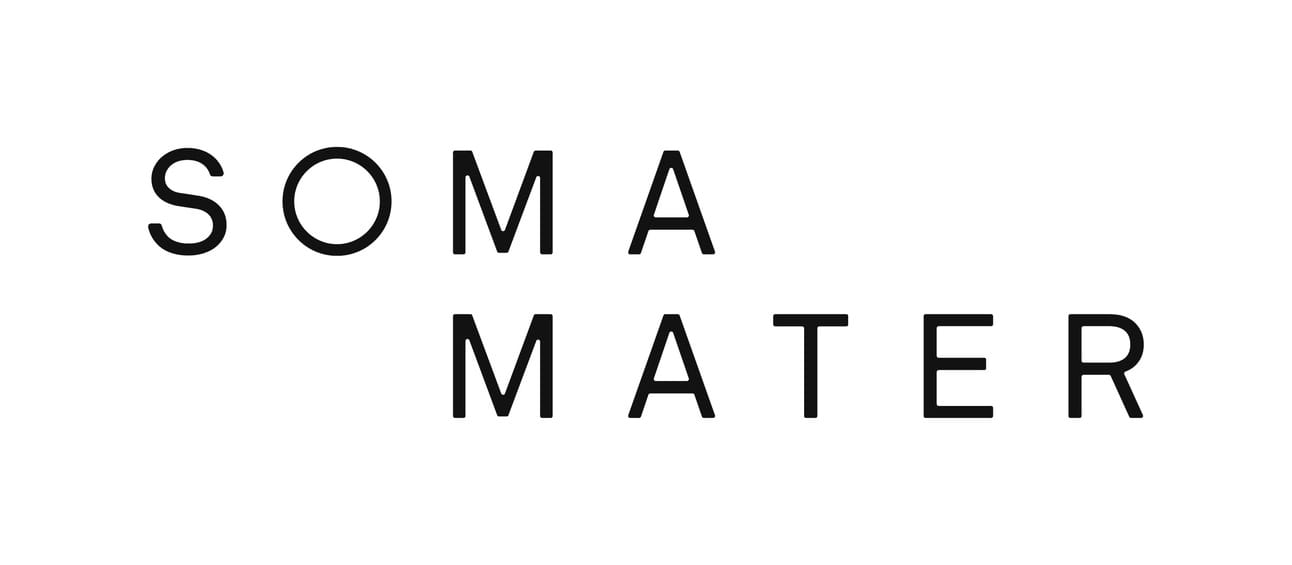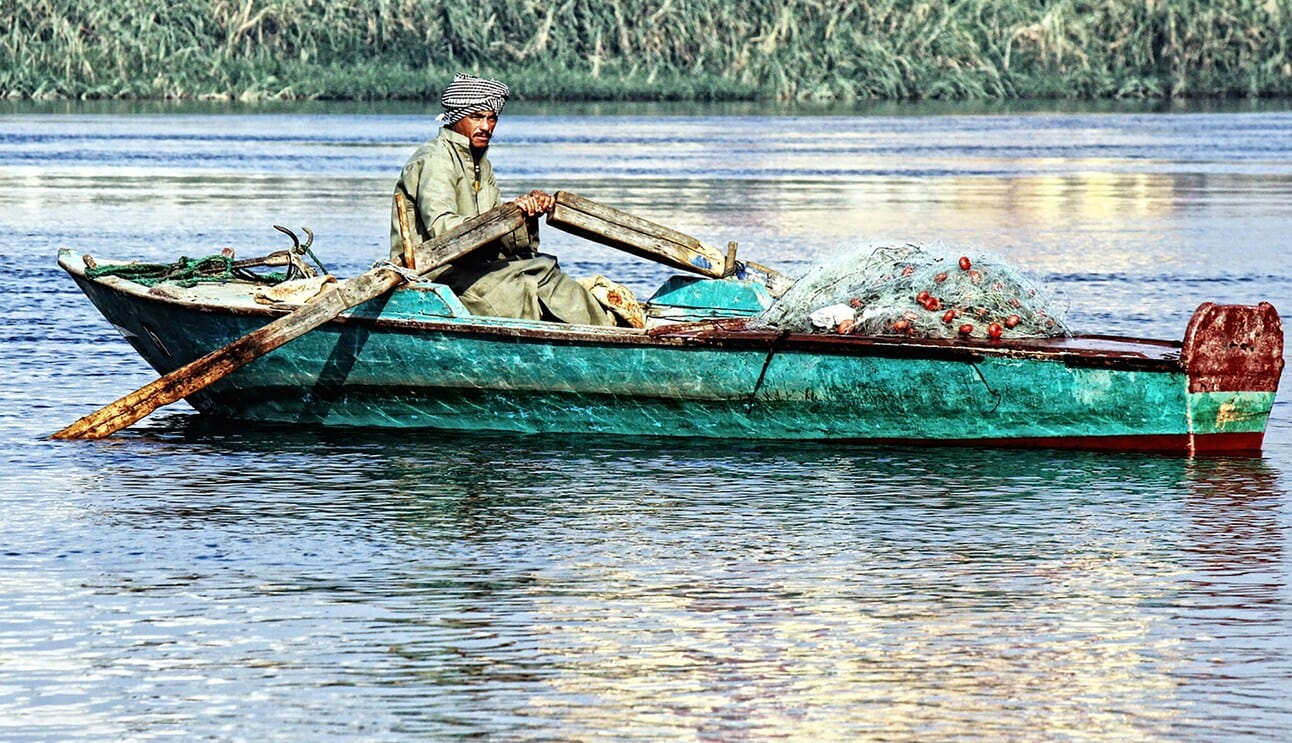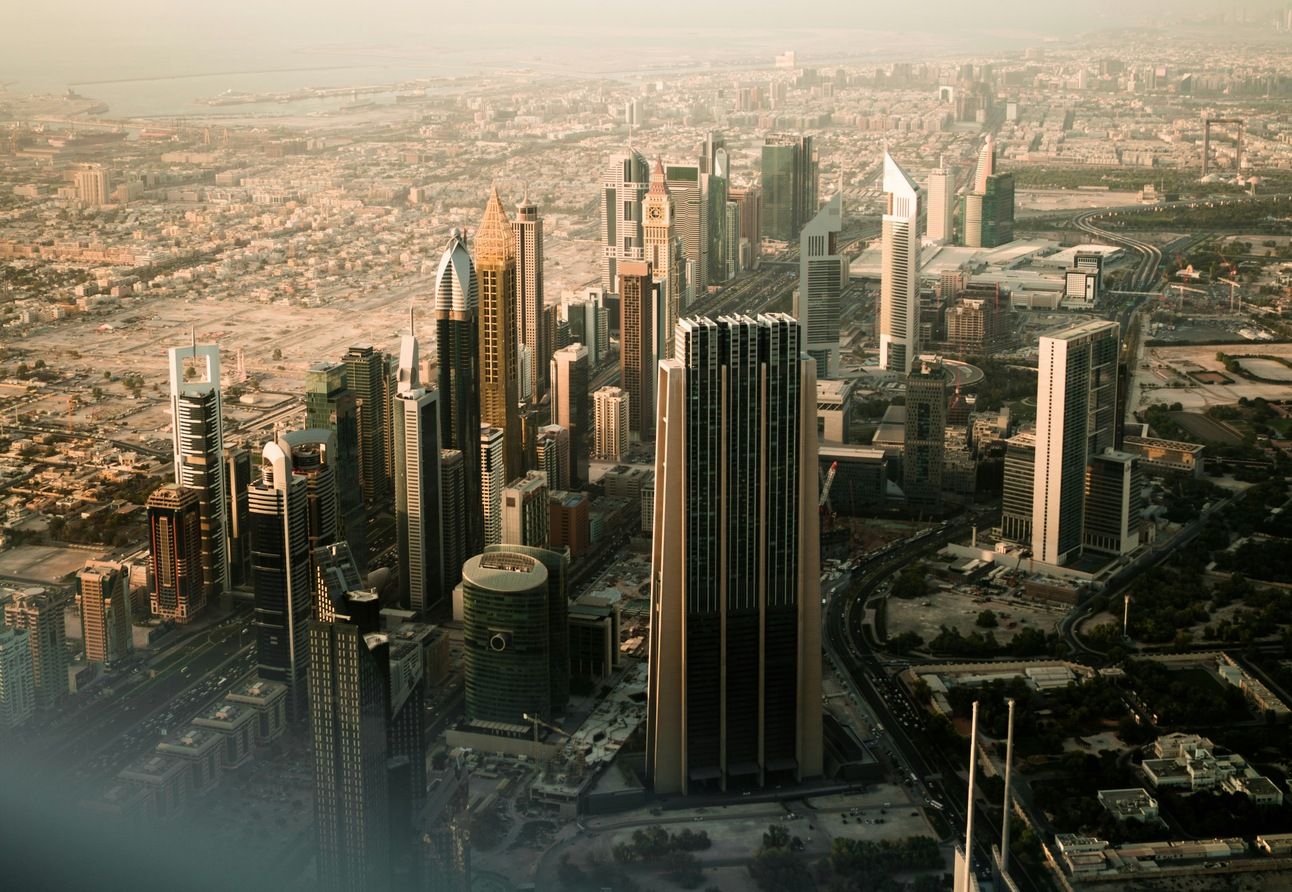- Soma Mater's Newsletter
- Posts
- SOMA Newsletter
SOMA Newsletter

Welcome to the SOMA MATER weekly newsletter.
At SOMA MATER, we specialize in delivering comprehensive research and advisory services with a focus on Food & Water Security and Net Zero Transition in the MENA Region. In order to support our subscribing clients in navigating these topics and understanding the regional narrative, we produce monthly Food and Water Security and Net Zero Transition Intelligence Reports, along with our in-depth analysis and insights.
This weekly newsletter highlights the top 3 stories from the past week in Food and Water Security and Net Zero transition, along with SOMA MATER's analysis and perspective.
What is the current annual water deficit Egypt faces, and how does the new national campaign aim to address this challenge?
What is Dubai's approach to managing increasing population growth in light of the Dubai 2040 Urban Master Plan?
What are the key environmental targets in Qatar's new 2024-2030 Strategy?
Sustainably yours,
The SOMA team
Turning the Tide: Egypt's Race to Save Every Drop!
#FoodandWaterSecurity

Egypt's Ministry of Water Resources and Irrigation has launched "Ala Al-Qad," a national campaign aimed at water conservation. The initiative comes at a critical time, as Egypt faces an annual water deficit of 54 billion cubic meters, with needs reaching 114 billion cubic meters annually against available resources of only 60 billion cubic meters annually.
To address this challenge, the country relies on agricultural drainage systems and crop imports, contributing 21 billion cubic meters annually. The new campaign specifically targets a 30% reduction in drinking water consumption while focusing on protecting water resources from pollution and waste.
Looking ahead, the Ministry plans to implement a second-generation water resources management system that emphasizes water treatment and desalination for food production. Three major projects - New Delta, Bahr Al-Baqar, and Al-Mahsama - are already expanding the reuse and treatment of agricultural drainage water.
The Grand Ethiopian Renaissance Dam (GERD) represents an important threat to Egypt's water security, as Egypt is the sole country entirely dependent on the Nile River for its water needs. Even minor reductions in water flow from the dam could result in thousands of acres of irrigated farmland lost.
SOMA’s Perspective:
The water crisis in Egypt is reaching a critical point, as we have been monitoring and reporting over the past months. This is not merely an environmental concern but a threat to Egypt's economic stability and national security. The launch of this campaign reflects the government's urgency to address this crisis. For businesses and projects operating or planning to operate in Egypt, understanding these water security challenges is crucial. The water deficit will likely impact various sectors, from agriculture to industry.
Sources:
Dubai's Growing Pains: A Tale of 7.8 Million Dreams and One Master Plan
#FoodandWaterSecurity #NetZeroTransition

This November, Dubai Municipality approved the first sewage fee update in 10 years. It comes in response to Dubai's growing population, expected to reach 7.8 million by 2040. The update will be implemented in gradual increases over the next 3 years starting from 1.5 fils per gallon in 2025 to 2.8 fils per gallon by 2027. This aims to promote water conservation, preserve resources, and develop urban infrastructure in line with the Dubai 2040 Urban Master Plan.
Over 6 decades, Dubai has implemented 5 major urban plans. The Dubai 2040 Urban Master Plan is the newest strategy focusing on sustainable development and urban growth. In the plan, the Dubai Electricity and Water Authority (DEWA) confirms that its infrastructure for power and potable water is sufficient to support growth targets. It introduces approaches to resource management, including the use of alternative water sources (TSE) for district cooling and irrigation, and reducing reliance on desalinated water. The emirate is also committed to expanding its clean energy initiatives through the Dubai Clean Energy Strategy 2050.
Three water infrastructure components are also addressed: sewerage, stormwater, and district cooling. The plan supports the need to direct future sewerage demand to Dubai’s 2 sewage treatment plants (STPs) connected through the Dubai Strategic Sewerage Tunnel (DSST) project. The tunnel project has an investment of AED80 billion and an implementation timeline of over 7 years. For district cooling, the plan emphasizes city-wide adoption of efficient cooling methods, supported by recycled water networks and regulated tariff structures to ensure economic viability.
SOMA’s Perspective:
Dubai has been addressing the challenges of rapid urban expansion. The recent sewage fee update is an example of the necessary policy adjustments required to support sustainable growth. This reflects a broader trend we expect to see across the region, where governments will need to increasingly revise and update their policies to accommodate growing populations while maintaining resource sustainability. These changes reflect more cost recovery for the large infrastructure projects and services in the city and foreshadow other policy adjustments as the UAE increases its resident population. With expected increase in extreme weather events due to climate change, other cities and Emirates will be close behind.
Sources:
Green Horizons: Qatar's Vision for 2030
#NetZeroTransition

Qatar's Ministry of Environment and Climate Change has launched its 2024-2030 Strategy. Launched by Minister H.E. Dr. Abdullah bin Abdulaziz bin Turki Al Subaie, this plan aims to balance development needs with environmental protection while enhancing the nation's climate change resilience.
The strategy sets ambitious targets, including a 25% reduction in greenhouse gas emissions by 2030, restoration of 30% of affected natural habitats, protection of 30% of land and coastal areas, and the conservation of 17 endangered and endemic species. To achieve these goals, over 30 initiatives and 100 projects have been developed. The plan will have 4 key pillars: environmental sustainability and climate change, innovation and digital transformation, governance, and sustainable institutional development.
This strategy represents the Ministry’s commitment to achieving the Qatar National Vision 2030, under which "Environmental Development" is a pillar. The plan emphasizes institutional and societal cooperation, leveraging public awareness to create lasting change. Qatar aims to build on its past experiences while preparing for future environmental challenges.
Qatar's annual CO₂ emissions from fossil fuels and industry reached 115.71 million tonnes in 2023, showing an upward trend since 2018, with the most substantial increase since 2018 observed between 2022 and 2023. Among GCC countries in 2023, Qatar had the third highest amount of annual CO₂ emissions from fossil fuels and industry, following Saudi Arabia (736.21 million tonnes) and the UAE (229.38 million tonnes).
SOMA’s Perspective:
This follows similar initiatives we've seen in the UAE's Net Zero 2050 strategy and Saudi Arabia's Vision 2030 environmental commitments. The specific targets set by Qatar, particularly the 25% emissions reduction goal, demonstrate a concrete step towards addressing the country's significant carbon footprint. However, the success of these initiatives will largely depend on the effective implementation of the planned projects and the ability to balance rapid economic development with environmental preservation. SOMA will continue to monitor the changes across the GCC and suspect more of these strategies to begin creating alignment in the economic zone.
Sources:
SOMA MATER is writing Intelligence Reports on the topics of Food and Water Security and Net Zero Transition. If you’d like to know more, contact us through the link below: